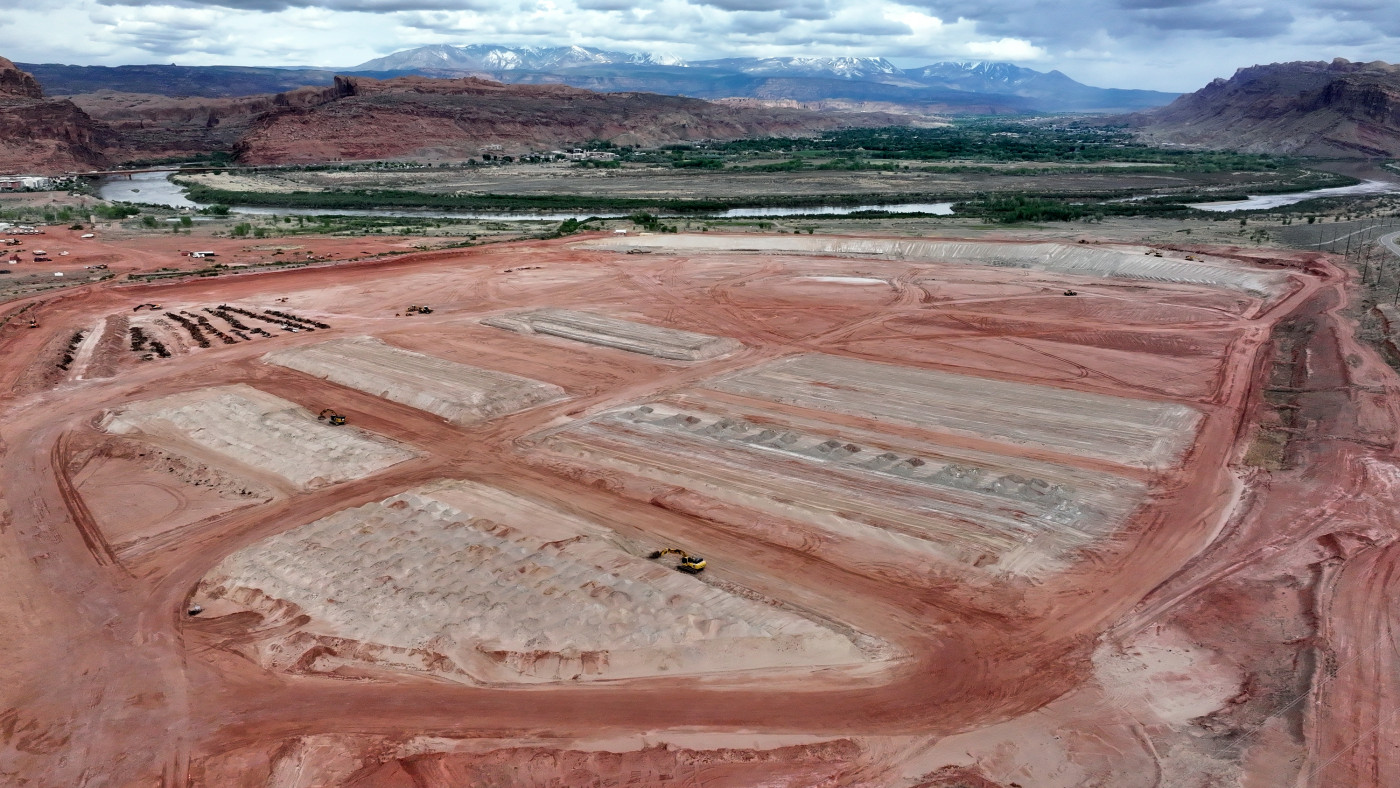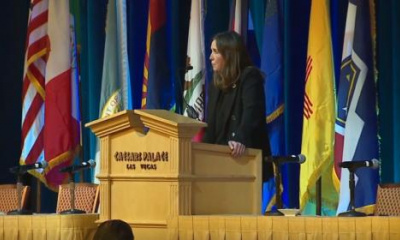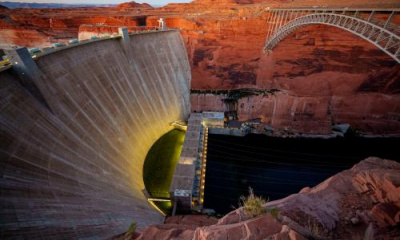Sixteen million tons of radioactive uranium tailings once sat near the banks of the Colorado River, putting the waterway in peril of contamination on the outskirts of Moab.
Removal began in 2009 and was halted for a time due to lack of funding for the U.S. Department of Energy cleanup project, but work is continuing at a steady clip — with nearly 15 million tons shipped by rail to a disposal cell about 30 miles away at Crescent Junction.
At this rate, the tailings removal may be completed by next year, but much work remains to be done afterward for full remediation of the area in which the uranium mill operated for nearly three decades.
Area residents and Grand County officials have lofty goals for the future of the site: a beautiful riverfront park, perhaps an amphitheater.
Mary McGann, a Grand County commissioner who heads up the steering committee involved in the project, said she envisions something similar to Las Colonias Park in Grand Junction, Colorado. It, too, was a remediation site for tailings removal and it, too, is adjacent to the Colorado River.
Grand County officials have visited that site for ideas and another trip is planned this fall.
The local steering committee includes a subcommittee for “future site” development.
“It’s a wonderful park and we want to do something similar to that,” she said.
Contamination from what the locals call “The Pile” has been a problem for the Colorado River in Grand County — before the establishment of the Moab Uranium Mill Tailings Remedial Action, or UMTRA, Project.
But the project established groundwater wells to prevent the leaching and to serve other useful purposes.
In an annual statement of compliance presented to the Grand County Commission Tuesday, the methodology of thwarting the contamination describes the approach this way:
“Active groundwater remediation is conducted to protect the critical habitat areas adjacent to the site, and to remove ammonia and uranium mass from the groundwater system. In addition to extraction of contaminated groundwater through eight wells located close to the tailings pile, freshwater (diverted river water) was injected through wells near the river as an additional way of minimizing the discharge of ammonia to the river.”
McGann said the diverted water harvested through groundwater management protects the river and critical habit, but also serves as a dust control method because it is applied to the pile — helping to protect air quality.
Eliminating the contamination is vital since the river serves 40 million people and irrigates more than 5 million acres of farmland.
Piles of contaminated debris and uranium tailings are pictured north of Moab in Grand County on Sunday, April 28, 2024. | Kristin Murphy, Deseret News
Project accomplishments
During the reporting period, which ran in mid-July of 2023 to mid-July this year, officials noted there were over 1,036,719 tons of uranium mill tailings shipped by rail four times a week. To date, the project has shipped more than 14.8 million tons, or about 92% of the total estimated 16 million tons in the tailings pile to be moved.
During that same reporting period, more than 151,162 tons of debris was placed in the disposal cell — also shipped by rail. That includes the successful removal of 14 autoclaves — each weighing 16,000 pounds, according to project spokeswoman Barbara Michel.
In March 2023, Congress approved $67 million for the project’s removal efforts.
UMTRA is also seeking approval by the U.S. Nuclear Commission to change the type of cover of the disposal cell. Instead of using a rock cover, project officials say an evapotranspiration cover would be more effective because it will last longer and is more suitable for the environment. Additionally, it would be more cost effective due to the requirement for fewer rocks.
Correction: A previous version of this story said a proposed new cover for the tailings disposal cell would weigh less, which may or may not be the case. Officials say it would save money due to using fewer rocks.









